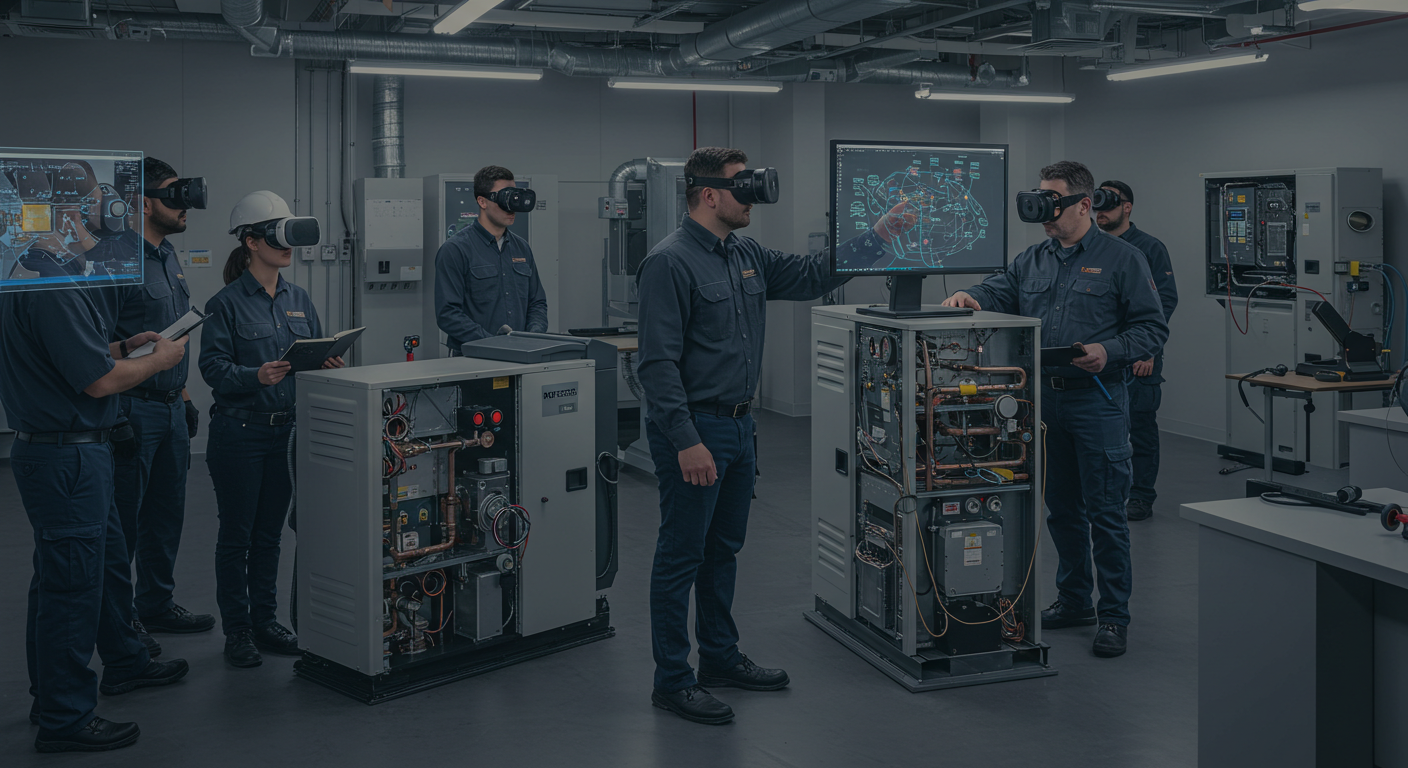
Mastering Advanced Troubleshooting: A Guide for Technicians
In the fast-evolving world of HVAC systems, mastering advanced troubleshooting skills is crucial for any technician looking to excel. With the growing demand for energy-efficient systems and technological advancements, the need for skilled technicians is more significant than ever. This blog post will explore the importance of advanced troubleshooting training, the skills you’ll gain, and how these programs can propel your career forward.
Why Advanced Troubleshooting Training Matters
Advanced troubleshooting training programs typically last between 6 to 18 months, depending on whether you opt for a certificate or diploma. These programs emphasize hands-on diagnostic skills, real-world problem-solving, and advanced system analysis. By engaging in such training, you’ll learn to use tools effectively, measure airflow and temperature accurately, and examine system behavior under complex faults.
Certification and Career Advancement
Enrolling in advanced troubleshooting training not only enhances your skills but also broadens your career opportunities. Technicians commonly earn the EPA Section 608 certification and often pursue the NATE (North American Technician Excellence) certification. These credentials are highly regarded in the industry and can significantly enhance your job prospects and earning potential.
Technological Trends and Their Impact
As customer expectations shift towards smart solutions, it’s essential to be well-versed in technologies like smart thermostats, IoT-enabled HVAC systems, and AI-assisted diagnostics. These tools allow for remote monitoring, real-time coordination, and data-driven service, making your role even more critical. For instance, interpreting data from Daikin VRV systems can help optimize energy savings and system performance.
Benefits of Advanced Troubleshooting Training
- Develop advanced diagnostic skills
- Increase job readiness and confidence
- Access to higher-paying job opportunities
- Stay ahead with the latest technological trends
- Open pathways to roles like lead technician or system designer
Conclusion
Advanced troubleshooting training equips you with the skills needed to tackle even the most complex HVAC issues. As the industry continues to grow, investing in your education and certifications will ensure you remain competitive and ready to meet the challenges of tomorrow.
Ready to enhance your troubleshooting skills? Explore advanced training programs today and take the first step towards a more rewarding career!
FAQ: Advanced Troubleshooting Training for Technicians
How long does advanced troubleshooting training take?
Programs typically last between 6 and 18 months, with certificate programs often completed in 6–12 months and diploma programs in 9–15 months.
What certifications are beneficial for technicians?
The EPA Section 608 and NATE certifications are highly beneficial and enhance job prospects and earning potential.
What skills will I learn in advanced troubleshooting training?
You will learn hands-on diagnostic skills, real-world problem-solving, and advanced system analysis, including using tools and examining system behavior under complex faults.
How does technology impact HVAC troubleshooting?
Technological advancements like smart thermostats, IoT, and AI diagnostics require technicians to adapt, offering remote monitoring and data-driven service capabilities.
What career opportunities are available after training?
Graduates can advance to roles such as lead technician, system designer, or trainer, benefiting from their enhanced technical and troubleshooting skills.

